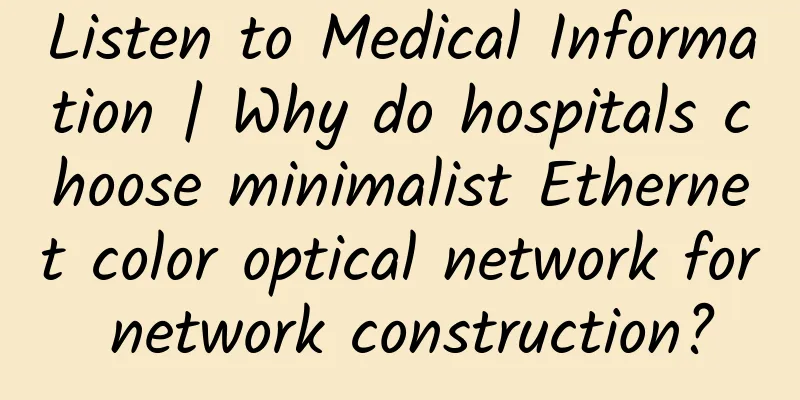CC attack & TCP and UDP correct opening posture

|
introduction: 1: CC attack is normal business logic, large concurrency makes you unable to handle it, processing XP SP2, the above systems are sealed RAW format protocol packet customization, in addition to changing the protocol based on the application layer, all other simulations or requests are used to test the transport layer 2: UDP will not stick packets or lose packets unless the buffer is full 3: The main features of TCP are:
The main features of UDP are:
4: The main features of TCP are: 1.3-way handshake connection: A test case: The press machine is shut down quickly after requesting a large number of handshake connections, requiring large concurrent operations 1. Test logic point: Test whether the server's underlying logic handles a new socket connection request while the server's underlying logic closes the socket. The bug in the project I tested: After creating a socket port with ID 5000, the server reclaimed the SOCKET with ID 5000 because the press closed the socket. The new TCP connection request used this SOCEKT again because 5000 was released. At this time, the server reported an error: The new SOCKET cannot be used Test case 2: The press is requesting a large number of handshake links, requiring large concurrent operations Second test logic point: Test the number of SOCKETs connected to the server to ensure that the server has available SOCKET resources to allocate. The project I tested had a bug: the server could not create 5,000 SOCKETs successfully because the configured JAVA memory was insufficient and the number of ports opened by the system was insufficient. The test tools for the above two points are as follows: Only IOCP and AIO bottom-level test verification is the most effective, and the test simultaneously observes the bottleneck inflection point at N concurrency/second 5:4 wave disconnection: Test case: Pressurized setting of SOCKET options, rapid closing after requesting a large number of handshake connections, requiring large concurrent operations
Test logic point: The test is that due to the pressure robot modifying the Socket configuration, the client actively disconnects, and the server cannot receive the notification package of 4 waves, resulting in N time nodes to close the Socket/not close the Socket Project test BUG: Because it is impossible to get 4 wave packets, there are a large number of abnormally long connections on the server, resulting in a denial of service 6: Congestion control - Simply put, block the exhaust vents of the car and step on the accelerator at the same time Test case: The client of the press machine sets a 1-byte acceptance protocol or a 1-byte buffer and requests large data that needs a response: for example, a leaderboard Test logic point: Due to the particularity of congestion control, TCP will open up memory to cache this part of the data. Simply put, the server generates many protocols, but few are effectively sent. The system caches more and more remaining protocols, and the hardware monitoring server memory surges. Project test bug: Same as above. After setting the SOCKET parameters, requesting the ranking data, the server memory surges and crashes directly 7: Retransmission Control Test case: Build a test proxy tool to configure parameters for packet transmission order/packet loss Test logic point: Since the retransmission is controlled by the transport layer, packet loss and out-of-order requests are simulated at the application layer. The commonly used kugou music APP uses tools to simulate retransmission control. When listening to music, it performs packet loss and disorder tests, causing the APP to crash. 8: Streaming mode, more content, watch slowly Test case: Protocol sticky packet - automatically *N times through the proxy tool, that is, 123 becomes 123123123123123123123 Test logic points: 1) Test the upper limit of the data packets that can be split by the server, 2) Test whether the server executes the protocol concurrently, such as receiving tasks, purchasing items, creating characters, etc. Project BUG: Create N 123 roles in the database, and the upper limit of the complete protocol split is 4, which will be adjusted to 20 copies/Max cache area later Test case: Protocol packet shortage - 1 byte sent by tool
Test logic points: 1) Send 1 byte at high speed, and the server reads and processes the protocol to consume CPU resources. 2) Occupy the server cache for a long time and consume resources. The above two points test the robustness of the server to the protocol reading. Test case: Server-side private protocol - construct abnormal data and valid data for testing Test logic points: 1) Valid data
2) Abnormal data
Project BUG: 1) Protocol package: The mobile protocol modifies the package data. The package is modified to 8 bytes. There are no parameters for the protocol interface. The server reports an error and crashes. 2) Protocol parameters:
3) Protocol interface:
10: The main features of UDP are: packet transmission, no sticky packets, error packets, no connection, no congestion control, no retransmission mechanism Test cases: Application Layer 1) Protocol test is the same as TCP 2) Large concurrent requests (performance test is the same as TCP) Test logic points: 1) Since there is no special processing at the transport layer, the transport layer only has three items in the protocol test: packet loss, disorder, and delay. The test plan is the same as the TCP test case 2) The application layer solution continues to use the test cases in TCP:
1) Valid data Package body - The valid data used here is a very large package body, such as variable protocols such as shouting, which exceeds the upper limit of the server cache 2) Abnormal data Package body - Modify the package body boundary value or custom data, that is, the package body is too short or too long |
>>: Entering the Third-Party Certification of IPv6 Technology
Recommend
Four major battles of the Internet of Things broke out in 2018
The concept of the Internet of Things (IoT) has b...
Borei Data 2021 strategy release tour opens up innovative paths for IT operations and maintenance
On May 26, 2021, the Beijing stop of the "Se...
5G, you will be able to make phone calls
Yes, the title is correct. 5G will enable phone c...
The number of users is not increasing, the time spent is declining, and 5G applications are delayed. Can we only wait for the flowers to bloom in 2021?
[[397144]] After many twists and turns, the numbe...
How to achieve end-to-end network slicing?
GPP defines network slicing as one of the main fu...
Ruijie campus switching and wireless technologies lead the education industry; Ethernet color optical technology promotes innovation in education networks
IDC report shows that in the first half of 2024, ...
5 wireless IoT communication trends to watch in 2020
Everything is going wireless. According to a new ...
Potential application scenarios of 6G in the future
Although 6G is not yet a viable technology, it wi...
The 18th China Enterprise Annual Selection List for 2023 was announced: Huawei's high-quality Ethernet all-optical network solution won the 2023 IT Industry Campus Network Excellent Solution Award
In November 2023 , the " China Enterprise &q...
CloudCone: 1GB memory KVM annual payment of $12.95, 2GB memory KVM annual payment from $15
CloudCone's 3rd anniversary event is drawing ...
The time is approaching! my country will have 5G commercial networks as early as the second half of 2018
The 5G standards will gradually be released next ...
DMIT: $6.9/month-750MB/10G SSD/2TB/Hong Kong & Japan data centers
It has been a while since I shared information ab...
Friendhosting New Year Sale 25% off all VPS/virtual hosts, VPS half-year payment starts from 12 euros
Friendhosting has launched a promotion titled New...
How to Intelligently Manage the Last Mile of SD-WAN
Note: This article describes how to intelligently...









